Photography by J. Alan Paul Photography and Hillary Ehlen and photos courtesy of CoSchedule, Emerging Prairie, and Tech.Co
A few years ago, they were a small, Bismarck, North Dakota-web company frustrated with the content-marketing process. Today, they’re one of the most popular content-marketing calendars in the world.
Through the thought leadership of cofounders Garrett Moon and Justin Walsh, CoSchedule’s reach and influence only continues to grow—they have more than 8,000 customers in more than 100 countries—and they’ve done it all from right here in North Dakota.
We sat down with them at their brand-new, 14,000-square-foot office in Downtown Fargo to get some actionable advice and warnings for their fellow founders about making that often-difficult leap from “startup” to “growth.”
Practice as partners before you become partners.

Walsh: We did freelance together, side projects together and passion projects together. We built Chrome extensions, web apps, a number of different things.
I think the one thing it prepared us to do was work together seamlessly when we eventually did start a company.
Think about all that crap you figure out about who does what, who knows more about what and who makes decisions about what. That was an ebb and flow that we had already naturally fallen into, and everybody just got to work right away and got busy.

Garrett Moon, Cofounder, CoSchedule
Moon: Some of our first projects really had nothing to do with business. It was just learning how to work together.
We’d start a late shift where, at 10 o’clock with the kids in bed and wives asleep, we’d put on a pot of coffee, open up a Skype call, and build software until two or three in the morning, crash, and somehow go to work the next day and barely function.
Beware the endless opportunities.
It’s true with development and product, and it’s more generally true in every part of your company. As a startup, there will always be too much work for you to get done, and the opportunities will be vast. The focus has to be on building products that people actually want to buy.
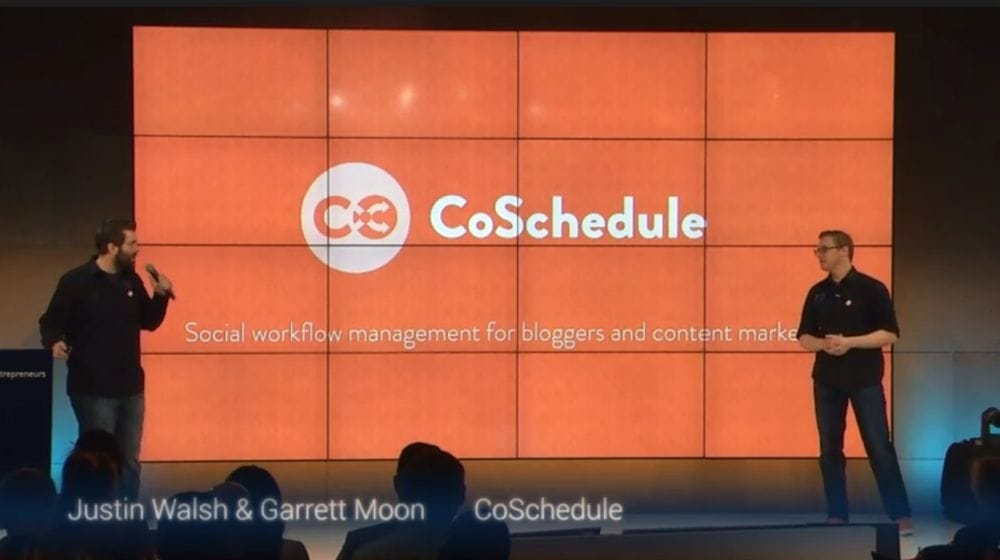
Sell, sell, sell.
Moon: I think the smartest decision we made at both our companies that gave us some early success was not overthinking the company. We just went immediately to selling.
Sales is the lifeblood of a bootstrapped company, and you have to be selling very, very quickly. It’s one of the things that’s been consistent in our partnership is that we’ve really focused on selling something and using sales as the proof to continue working on something—rather than the idea.
Stop solving easy problems.
As an entrepreneur, your job is to constantly solve the hardest problem. Solve the hardest problem, and move on to the next, hardest problem.
The first hard problem you’re going to solve is getting someone to pay you $1. Figure out how to get someone to pay you $1. Then, you can start thinking about No. 2. The reason that’s counterintuitive for a lot of startup founders is that they solve the problems they already know how to solve.
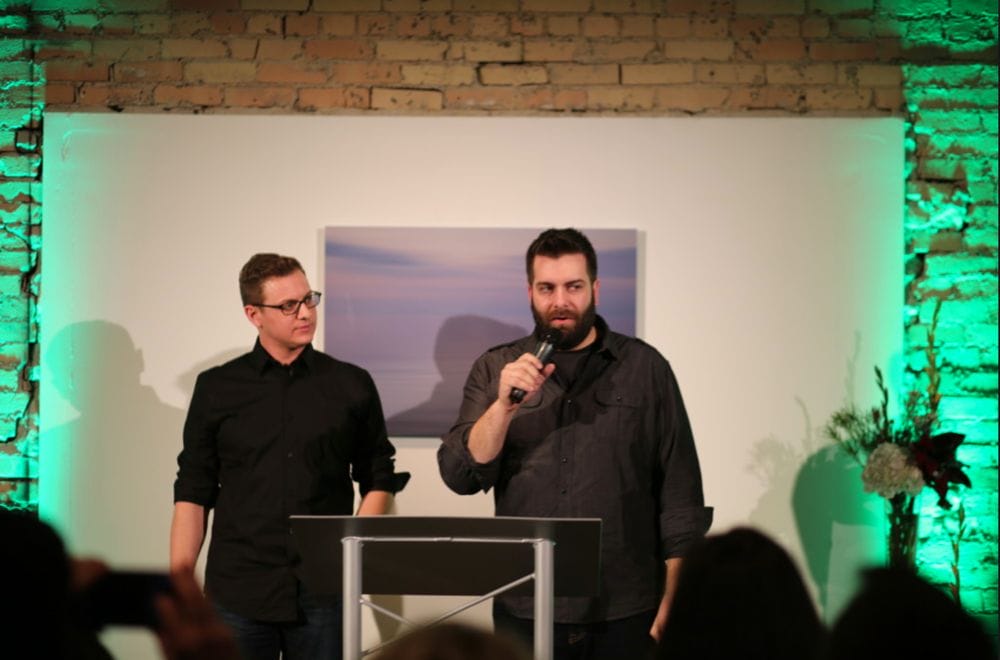
Your most valuable early investment is feedback. Get a lot of it.
Moon: Before CoSchedule, we made the mistake of launching products without collecting customer feedback first. We built based on our ideas. We thought ‘This idea is so good. Of course the product is going to sell itself.’ And they failed.
So with CoSchedule, we really decided to do it differently. We actually launched the website and put a bunch of information about the product out there before it ever even existed and before we’d ever actually written any code.
We started talking about CoSchedule and were collecting email addresses of people who were interested in it.
As potential customers came to the site and showed an interest, we would book a phone call with them. And we would go through it—one at a time—and we would describe what the product would look like and what it would do.
It was all very theoretical. There was no magic—we weren’t trying to make it look like the app was working or anything. It was just: Here’s what we think it’s going to be.
We recorded every one of those calls—probably 10 or 15 total—and every single person on our team at that time watched those and started to understand what the customer actually wanted and what they were thinking.
The thing that came out of that was a long-term vision for the product that was very different than what we started with. We went from an idea that was fairly small and niche to a major product roadmap that we are still working on. Even better, we came away with a strong sense of what our future customers wanted to buy from us.
Walsh: We picked a smaller market that we knew were classic early-adopters—people who would try the software and wouldn’t be quiet about their feedback but would instead give us tons of it early.
The grand vision is still being realized, but I think in that first 12 months—the amount of iteration that happened on the product just based on the quantity of people we were able to get using it—that strategic advantage in the market was huge.
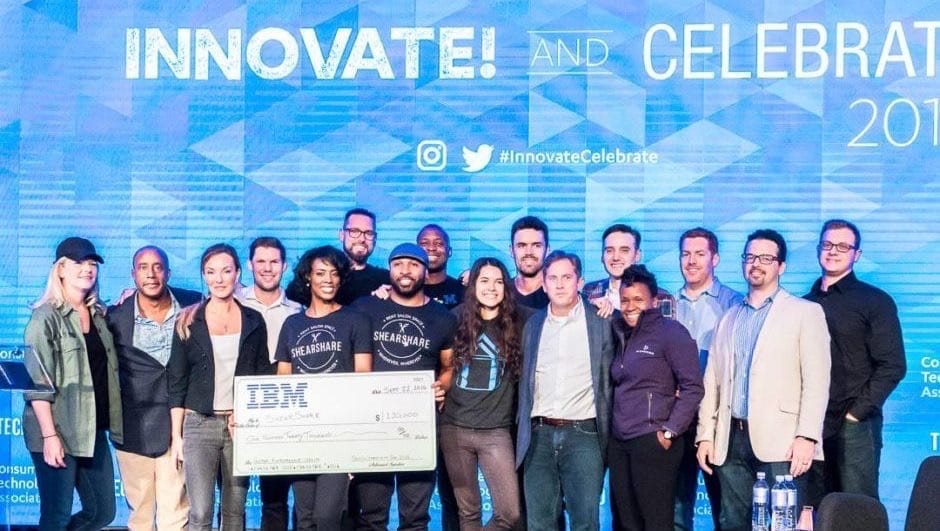
Don’t underestimate the power of adding even one team member.
When we talk to other founders, we often find ourselves telling them they’re under-hiring. One thing you don’t understand when you’re small is the multiplying factor of adding even just one person.
Every time you make a hire, what it does is free up more of the founder’s time to focus on the next big company initiative or the next big goal. You’re able to start working on the company rather than in it.
Identify your assumptions.
Walsh: A technique for failing quickly is figuring out what assumptions you’re making and then prove or disprove them faster. This is something we do on our product team every single day. We’ll look at a new feature or user request and get into the build phase on it.
We’ll look at it and say, ‘Okay, that’s going to be four or five steps in order to build it, but if we don’t really think about that fifth step and just kind of assume it’s all going to be fine—that the third party we want to integrate with is going to go great and have no problems—and we do the first four phases and then realize the fifth one is actually impossible or there’s something preventing us from doing it, then look at how much time we wasted.
That’s just a small example of a broader concept. Look at your plan, figure out where your biggest assumptions are—the grey areas—and where you only have 50 percent confidence. Get it to 80 percent, and do that first.
And if you cant, then scrap it and move on. Because that’s the right kind of failure—where you can learn from it faster. You were going to fail anyway. Failure wasn’t going to change. It’s about how quickly you can realize it, move on, and do something else that’s better or different.
Figure out if you want to be a business owner or a lifestyle owner. A lot of people think they want the former but are actually making decisions like the latter. Do you want to be someone who gets paid enough to live, have fun and turn a hobby into work? Or do you want to start a company and run a business?
Focus on 10x, not 10 percent.
Moon: Two things are key: focus and discipline. You have to figure out how to focus your product on the largest opportunities.
At CoSchedule, we call these 10x opportunities. 10x opportunities have the ability to multiply your company’s results by 10 times. 10-percent opportunities will improve your company by 10 percent. They’ll make it a little better—technically better—and they’re not necessarily a bad thing to do. It’s just not going to make that big of an impact.
As a startup, you have to focus completely on 10x. You can’t mess around with 10 percent. We still talk every single day about 10x ideas.
In terms of product, we’re looking at features saying, ‘We could sell this product, our tool, to 100 more customers per month if we had a Pinterest integration. Well, Pinterest doesn’t have an API (application programming interface). Well, so what? We’ll figure out how to work around it.’
The key is just being really, really focused. Who is the customer? What is the problem? And what are the 10x opportunities that will allow you to maximize your position in the market?

Aiming low is usually a self-fulfilling prophecy.
As entrepreneurs, sometimes we can set our expectations a little too low, and we let ourselves stay in “basement mode.” By having three or four people on the payroll, though, you have to figure out how to put money in the cash register.
It also forces focus and discipline. Once you’re paying someone’s paycheck that’s not yours, you better make sure they’re busy and working on the right things. You start to think about what you’re doing and what you think about very differently.
Lose your idea.
Moon: Somewhere along the way—if you’re getting the correct feedback—what should happen is that you should start losing track of the idea, and you should start seeing the vision that your customers are laying out for you. What you should be seeing is their problems that you’re actually solving for them.
You’re not in business to sell your idea. You’re in business to solve problems for your customers . . . period. That’s what they’re trading their money for is a solution. So you have to figure out how to get to that as quickly as possible and really understand what the solution is.”
Manage expectations from day one.
Moon: One of the mistakes I see founders making is giving people ridiculously huge titles where they actually have nowhere to go but down. For example, if you make your third hire the VP of product, you’ve made a mistake. It’s a three-person company. There are no VPs here. At some point, they’re going to be let down when you actually have to hire a VP of product.
We were always very careful with titles, and we were very careful with expectations. In the early days, we said, ‘Listen, we’re interviewing you for this content-marketing position, but at the end of the day, your name is so-and-so, and your abilities and talents are ultimately going to define your job and what you’re going to be doing—not some grand promises of things that may or may not come down the road.’
You say, ‘Listen, we expect this thing to grow and to one day be a company of a couple-hundred people. We see this position as: You’re going to be one of the leaders in this area, and you’re going to help us build this for now. But it’s going to change, it’s going to go through many metamorphoses and what we’re asking is for you to come along for the ride. We can’t make any promises about any particular position in the future, but we can definitely say the opportunities will be there if they’re the right fit and make sense for everybody.’
There’s no aha moment.
That’s the fantasy version of entrepreneurship. It’s really much more about persistence. Yes, it starts with an idea, but it’s about figuring out how to make sure an idea is something people want, how to turn it into something people want, figuring out what they’re willing to pay for it, how to get them to pay for it and how to get them to keep paying for it. The pieces that come after the idea really are the hard part.
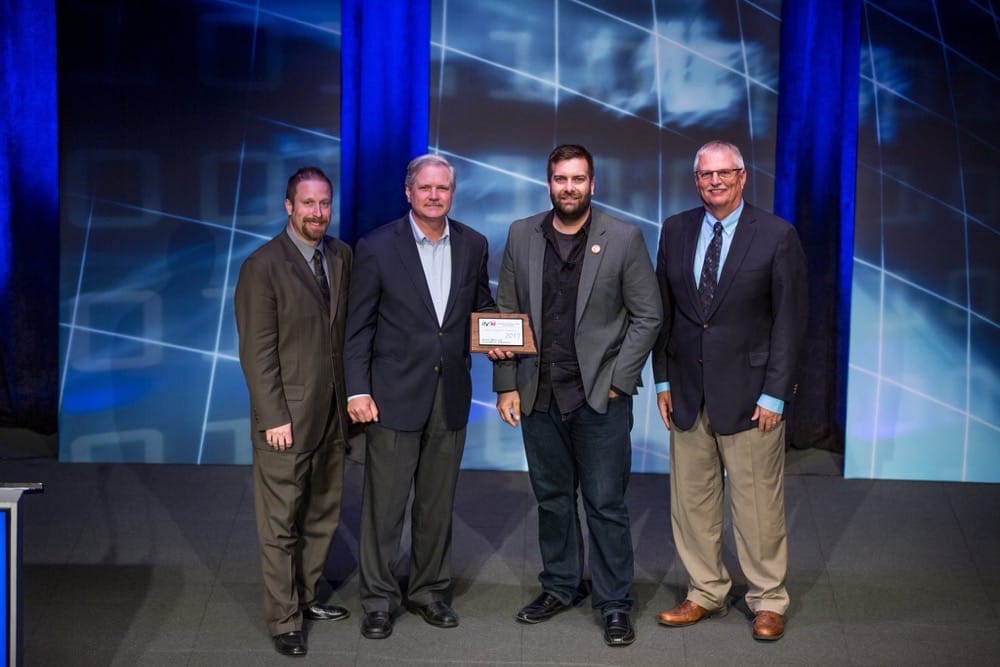
Why They Stayed
When you ask Walsh and Moon why they opted to stay in North Dakota instead of leave for supposedly greener pastures, it’s clearly a question they’ve answered dozens of times before—and to them, it seems pretty self-explanatory.
“What’s better about anywhere else?” Walsh asks. “I mean, really, what’s better about anywhere else than here? What makes those places more conducive to starting a company?”
Moon chimes in.
“I think there’s just this nature to belief that the grass is always greener . . . somewhere else . . . all the time,” he says. “Everyone in Bismarck asks, ‘Why aren’t you in Fargo?’ Then, you go to Fargo, and they say, ‘Why aren’t you in Minneapolis?’ In Minneapolis, its, ‘Why not Chicago?’ From there, ‘Why aren’t you in Silicon Valley?’ Then, you go to San Francisco, and they’re like, ‘Don’t move here, man.’
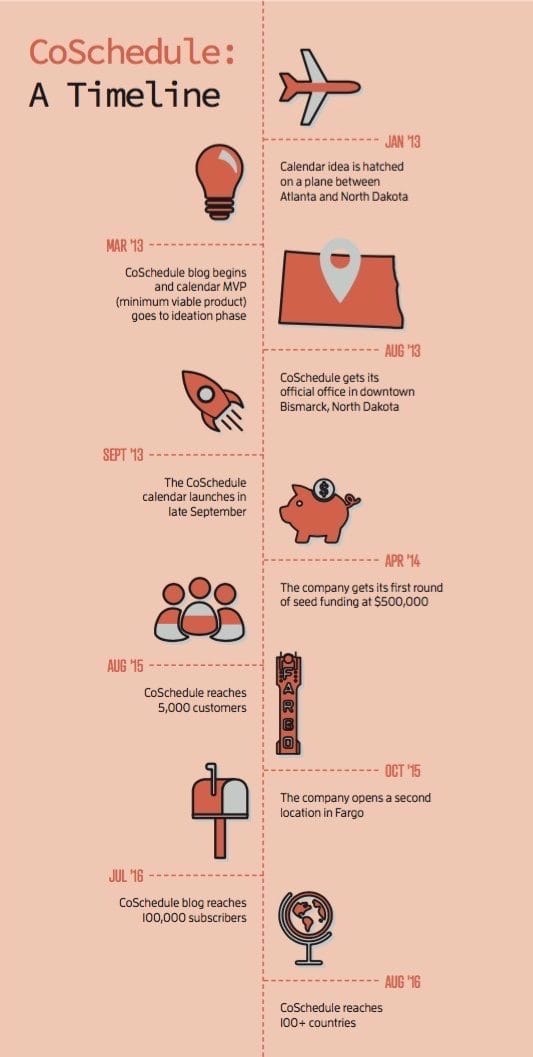
“People told me all the time, ‘You aren’t going to be able to find talent. You aren’t going to be able to find the hires you need. You’re not going to be able to find the capital you need. You’re not going to find enough people who are experts at the technology you need to do this.’
“But here we are, over the 60-person mark, and we’ve yet to be wrong. North Dakota continues to actually be an advantage for us, not a disadvantage by any stretch of the imagination.”
They even say that—contrary to the conventional wisdom— finding talent is easier here.
“If you go to Silicon Valley, you’re fighting all the other cool startups,” Moon says. “And recruiting is extremely hard—probably harder than it is here, honestly. And there, people are jumping around much more often.
“In North Dakota, people are hard-working, they’re smart, they’re loyal and they’re looking for bigger opportunities all the time. And when you go somewhere else, they’re not as loyal because they don’t have to be. They can jump ship.”








